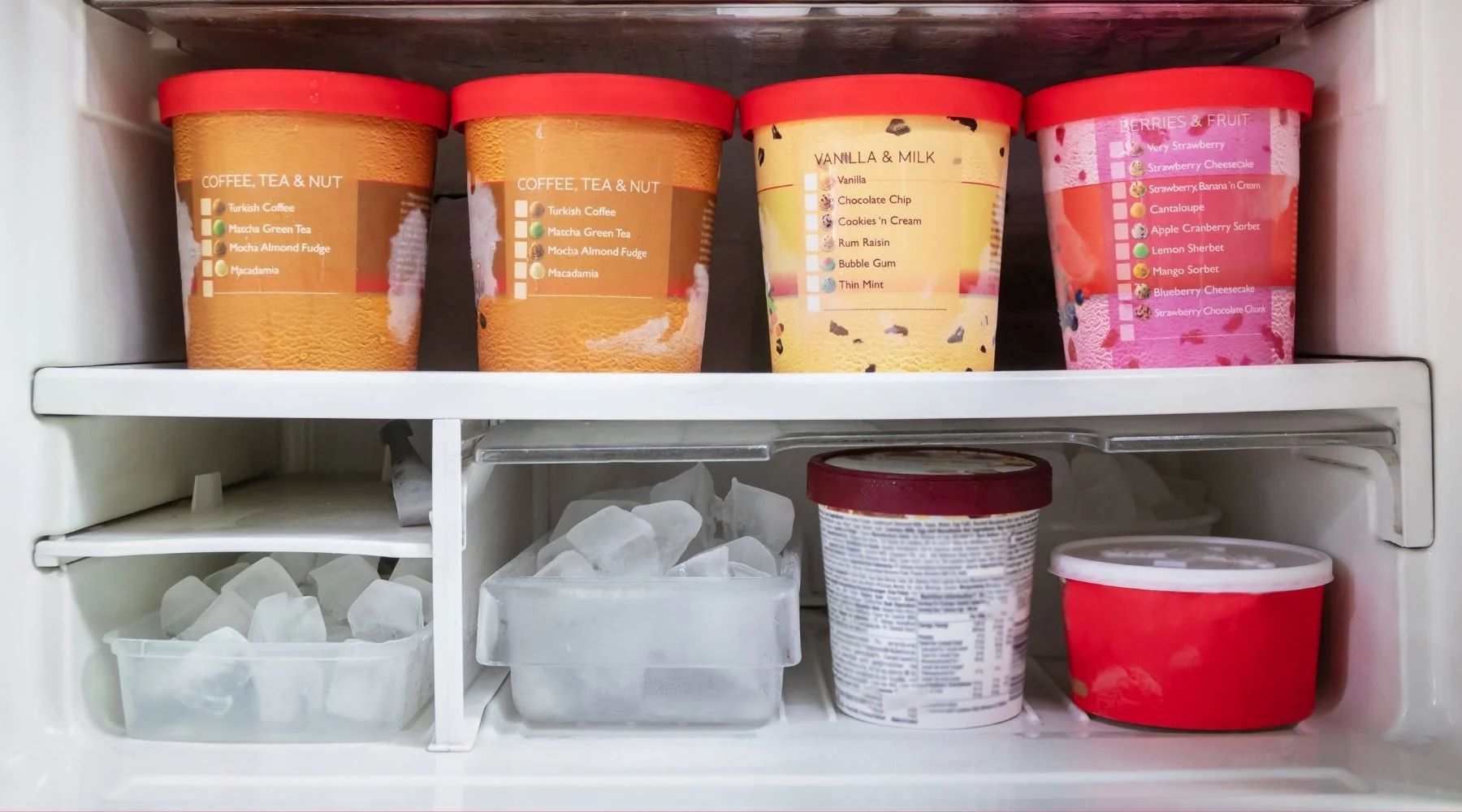

Articles
How To Store Ice Cream In Freezer
Modified: January 5, 2024
Learn the best ways to store ice cream in the freezer with these informative articles. Find tips and tricks to keep your ice cream fresh and prevent freezer burn.
(Many of the links in this article redirect to a specific reviewed product. Your purchase of these products through affiliate links helps to generate commission for Storables.com, at no extra cost. Learn more)
Introduction
Ice cream is a delicious treat that brings joy to people of all ages. Whether you crave a classic vanilla cone or a decadent scoop of chocolate fudge brownie, having a stash of ice cream in your freezer is always a good idea. However, storing ice cream properly is essential to maintain its flavor and texture.
In this article, we will explore the best practices for storing ice cream in the freezer. From choosing the right container to maintaining the proper freezer temperature, we will cover everything you need to know to keep your ice cream fresh and delicious for as long as possible.
So, if you’ve ever wondered how to store ice cream in the freezer without it turning into a rock-hard block or getting covered in icy crystals, read on to discover some helpful tips and tricks!
Key Takeaways:
- Properly storing ice cream in the freezer involves choosing the right container, maintaining the ideal freezer temperature, and organizing the freezer space to preserve its flavor and texture.
- To prevent freezer burn and ensure creamy ice cream, wrap it tightly, place it in the coldest part of the freezer, and follow proper thawing techniques for optimal serving.
Read more: How To Store Ice Cream
Choosing the Right Container
When it comes to storing ice cream in the freezer, choosing the right container is crucial. The container needs to provide an airtight seal to prevent air from entering and ice crystals from forming.
Firstly, opt for a container that is specifically designed for freezing food. These containers are typically made from materials that are resistant to extreme temperatures and are more likely to provide a proper seal. Avoid using containers such as plastic wrap or aluminum foil, as they may not provide adequate protection.
One popular option is a plastic tub or carton with a tight-fitting lid. These containers are typically made from freezer-safe materials and are specifically designed to keep ice cream fresh. Look for containers that are BPA-free and have a sturdy construction.
Another option is to use a reusable, airtight container made of glass. Glass containers are safe for freezing and can help maintain the quality of the ice cream. Make sure to choose a container with a secure lid that forms a tight seal.
It’s worth noting that storing ice cream in its original packaging, such as a paper carton, is not the best choice. These cartons are not designed to withstand the extreme temperatures of the freezer, and they may allow air to seep in, causing freezer burn and affecting the taste and texture of the ice cream.
Remember, the key is to choose a container that provides an airtight seal to keep your ice cream fresh and prevent it from absorbing any unwanted flavors from the freezer.
Proper Freezer Temperature
Maintaining the proper freezer temperature is crucial for storing ice cream. The ideal temperature for storing ice cream is around -18°C (0°F). This low temperature helps to keep the ice cream frozen and prevents any melting or inconsistent texture.
It’s important to check the temperature of your freezer using a reliable thermometer. Many freezers have a temperature dial or display that allows you to adjust and monitor the temperature easily. Keep in mind that freezer temperatures can fluctuate over time, so regular monitoring is essential.
If your freezer doesn’t have a built-in thermometer, you can purchase a standalone freezer thermometer from a kitchen supply store. Place the thermometer in the freezer and check the temperature regularly to ensure it stays within the recommended range.
It’s worth noting that opening the freezer door frequently or leaving it open for extended periods can cause the temperature to rise. This can result in ice cream thawing and refreezing, leading to a decline in quality. Therefore, it’s essential to minimize the time the freezer door is open and avoid excessive opening and closing.
Furthermore, avoid placing the ice cream near the freezer door or on the top shelf, as these areas tend to experience the most temperature fluctuations. Instead, store the ice cream in the back of the freezer, where the temperature is more stable.
By maintaining the proper freezer temperature, you can ensure that your ice cream stays frozen and retains its creamy texture and flavor.
Organizing the Freezer Space
Properly organizing the freezer space is essential for storing ice cream and other frozen foods efficiently. A well-organized freezer not only helps to prevent the ice cream from getting crushed or damaged but also makes it easier to find and access your favorite flavors.
Here are some tips for organizing your freezer space:
- Categorize the items: Group similar items together, such as ice cream, frozen vegetables, meats, and desserts. This will make it easier to locate specific items without having to search through the entire freezer.
- Use freezer bins or baskets: Consider using clear plastic bins or baskets to keep your ice cream containers separate and organized. These bins can help prevent the ice cream from getting buried under other frozen items and protect them from accidental damage.
- Label and date: Label your containers with the flavor and date of purchase. This will help you keep track of how long the ice cream has been in the freezer and ensure you use it before it loses its quality. Use waterproof labels or a marker that won’t smear or fade.
- Arrange by expiration date: Place the ice cream containers with the closest expiration date towards the front of the freezer, so they are consumed first. This practice ensures that you enjoy your ice cream at its peak freshness.
- Maximize vertical space: If your freezer has adjustable shelves, consider rearranging them to maximize the vertical space. This will allow you to stack multiple containers of ice cream and make the most out of the available freezer space.
By organizing your freezer space, you can avoid any mishaps that may damage your ice cream and ensure that you always have easy access to your frozen treats.
Wrapping the Ice Cream
Properly wrapping your ice cream helps to maintain its quality and prevent freezer burn. Freezer burn occurs when the ice cream is exposed to air, causing moisture to evaporate and ice crystals to form on its surface, resulting in a dry and unpleasant texture.
Here are some tips for wrapping your ice cream:
- Use airtight wrap: Wrap the ice cream container tightly with plastic wrap or place it in a plastic resealable bag. Make sure to remove as much air as possible before sealing it. The airtight wrap helps to prevent air exposure and keeps the ice cream fresh.
- Additional layer: If you want extra protection, you can use a layer of aluminum foil on top of the plastic wrap or plastic bag. The aluminum foil acts as an additional barrier against air and helps to maintain the temperature within the container.
- Avoid direct contact: To prevent the ice cream from sticking to the container or forming icy crystals, place a sheet of parchment paper or plastic wrap directly on the surface of the ice cream before closing the container. This creates a protective barrier and helps maintain the creamy texture.
- Individual portions: If you prefer to store your ice cream in individual portions, consider using small airtight containers or reusable silicone molds. This allows you to enjoy single servings without exposing the entire container to air each time.
- Label and date: Don’t forget to label the wrapped ice cream containers with the flavor and date of freezing. This will make it easier to identify and use the ice cream before it loses its optimal quality.
By properly wrapping your ice cream, you can significantly decrease the chances of freezer burn and ensure that each scoop is as creamy and delicious as the first.
Store ice cream in the back of the freezer, where the temperature is the most consistent. Keep it in an airtight container to prevent freezer burn.
Read more: Why Is My Ice Cream Soft In The Freezer
Placing the Ice Cream in the Freezer
How you place your ice cream in the freezer can impact its texture and quality. Proper placement helps to ensure that the ice cream freezes evenly and stays protected from unwanted flavors or odors from other foods in the freezer.
Here are some tips for placing the ice cream in the freezer:
- Keep it level: Place the ice cream containers on a flat surface in the freezer to keep them level. This helps to prevent any potential spillage or uneven freezing.
- Avoid overcrowding: Make sure not to overcrowd the freezer with too many items, as this can restrict airflow and lead to uneven freezing. Allow sufficient space around the ice cream containers so that cold air can circulate freely.
- Avoid strong odors: Ice cream has a tendency to absorb odors from other foods in the freezer. To prevent this, place the ice cream containers away from strong-smelling foods, such as garlic, fish, or onions.
- Separate flavors: If you have multiple flavors of ice cream, consider keeping them separate to avoid any mixing of flavors. You can use dividers or keep them in different areas of the freezer.
- Don’t refreeze melted ice cream: If your ice cream has partially melted due to being left out of the freezer, it’s best not to refreeze it. This can lead to a loss of texture and quality. Instead, enjoy the melted ice cream as a delicious milkshake or dessert topping.
By following these guidelines, you can ensure that the ice cream freezes evenly and remains in perfect condition until you’re ready to indulge in a bowl or cone.
Avoiding Freezer Burn
Freezer burn can be a frustrating occurrence when it comes to storing ice cream. It causes the formation of ice crystals on the surface of the ice cream, resulting in a dry and unpleasant texture. However, with a few simple steps, you can prevent freezer burn and keep your ice cream at its best.
Here are some tips to avoid freezer burn:
- Use proper packaging: As mentioned earlier, using airtight containers or wrapping the ice cream tightly with plastic wrap is crucial to prevent air exposure. This helps to maintain the proper moisture content and prevents the formation of ice crystals.
- Remove excess air and seal tightly: Before sealing the container, make sure to press out any excess air. This minimizes the amount of air trapped inside, reducing the risk of freezer burn. Ensure that the lid or seal is tightly closed to create a secure barrier.
- Store in the coldest part of the freezer: The temperature within the freezer can vary depending on its location. Store your ice cream in the coldest part, typically in the back of the freezer. This helps to keep the temperature more consistent and reduces the chances of freezer burn.
- Do not store ice cream on the freezer door: The freezer door is more prone to temperature fluctuations due to frequent opening and closing. Avoid storing ice cream on the door to minimize exposure to changing temperatures, which can lead to freezer burn.
- Rotate and consume in a timely manner: Ice cream is best enjoyed when it is at its freshest. To prevent ice cream from being stored for extended periods, rotate your stock, consuming the oldest containers first. This ensures that the ice cream is enjoyed before any potential deterioration occurs.
By following these guidelines, you can protect your ice cream from freezer burn and enjoy every spoonful in its smooth, creamy glory.
Thawing and Serving Ice Cream
Thawing ice cream properly is crucial to preserve its flavor and texture. Improper thawing can lead to a loss of creaminess and result in a soupy consistency. Here are some tips to help you thaw and serve ice cream correctly:
- Plan ahead: If you know you’ll be serving ice cream, it’s best to plan ahead and transfer the container from the freezer to the refrigerator. Leave it in the fridge for about 10-15 minutes to start softening gradually.
- Optimal serving temperature: Ice cream is best served around 5-10 minutes after it has been taken out of the freezer. It should be soft enough to scoop but still maintain its shape. The ideal serving temperature is slightly below freezing point, around -10 to -12°C (14 to 16°F).
- Use a heated scoop: To make scooping easier and prevent your scoop from getting stuck in frozen ice cream, run it under hot water for a few seconds before scooping. The heated scoop will glide through the ice cream smoothly, resulting in beautiful, round scoops.
- Cut through the container: If the ice cream is stored in a carton container, a trick to release the ice cream easily is to run a thin knife or a warm spoon around the edge of the container. This will loosen the ice cream and enable you to lift it out easily.
- Use chilled bowls or cones: To keep your ice cream cold for longer while serving, place your serving bowls or cones in the freezer for a few minutes prior to scooping. This will help maintain the ice cream’s temperature and prevent it from melting too quickly.
Remember to serve your ice cream promptly after scooping to prevent it from melting excessively. If you have leftovers, return them to the freezer immediately to maintain their quality.
By following these tips, you can enjoy perfectly scooped, creamy ice cream that will satisfy your sweet cravings.
Conclusion
Storing ice cream properly in the freezer is essential to preserve its flavor, texture, and overall quality. By following a few key practices, you can ensure that your ice cream remains fresh and enjoyable for longer periods of time.
Choosing the right container, such as airtight plastic tubs or glass containers, helps to maintain the optimal texture and prevent freezer burn. It’s important to store the ice cream in the coldest part of the freezer, keeping it away from strong-smelling foods and minimizing temperature fluctuations.
Properly wrapping the ice cream with airtight seal and using additional layers such as aluminum foil or parchment paper helps to prevent air exposure and maintain the creamy texture. Organizing the freezer space, categorizing and labeling the ice cream containers, helps you to find your favorite flavors easily and consume them before they lose their best quality.
When it’s time to enjoy the ice cream, thawing it in the refrigerator or following the recommended guidelines ensures that it reaches the optimal serving temperature. Using heated scoops and chilled serving bowls or cones enhances the serving experience, allowing you to savor each creamy spoonful.
In conclusion, by following these tips and guidelines, you can store ice cream in the freezer in a way that preserves its taste and texture. Proper storage ensures that your ice cream remains a delectable treat, ready to be enjoyed at any time. So, go ahead, stock up on your favorite flavors, and indulge in the delightful experience of perfectly stored ice cream!
Frequently Asked Questions about How To Store Ice Cream In Freezer
Was this page helpful?
At Storables.com, we guarantee accurate and reliable information. Our content, validated by Expert Board Contributors, is crafted following stringent Editorial Policies. We're committed to providing you with well-researched, expert-backed insights for all your informational needs.
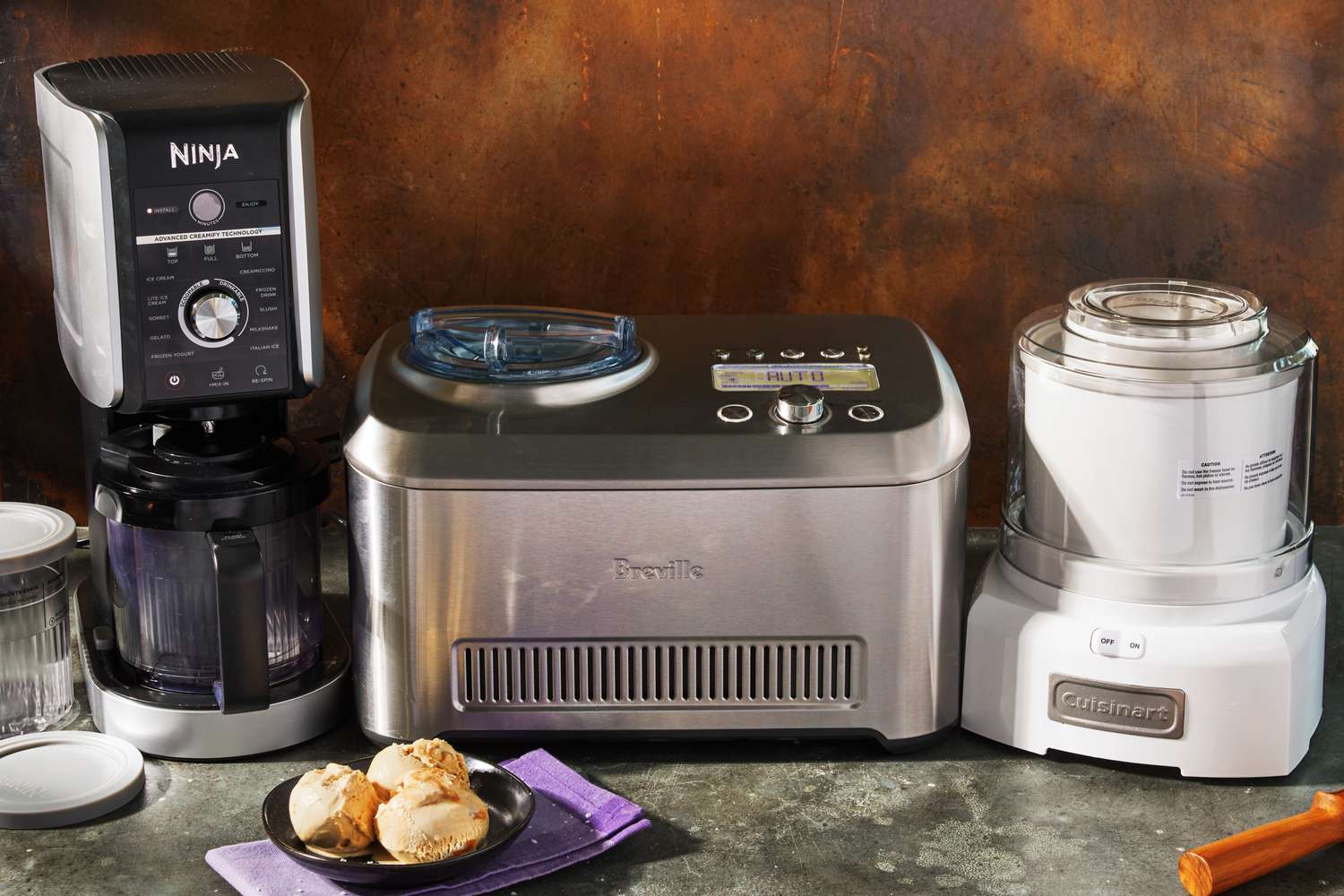
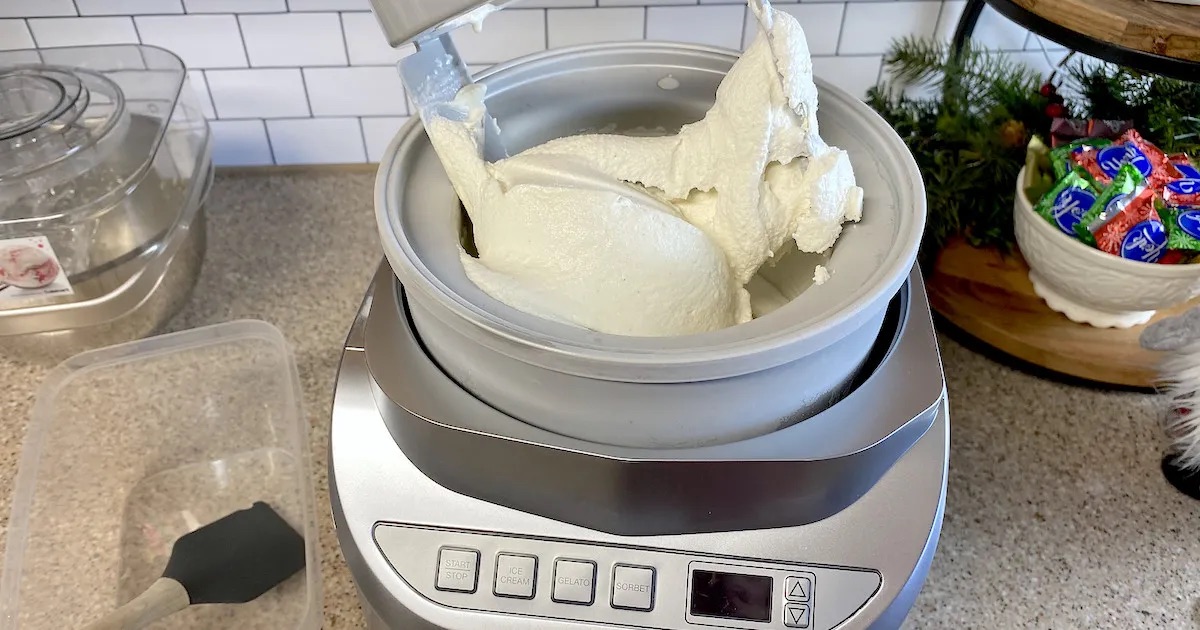
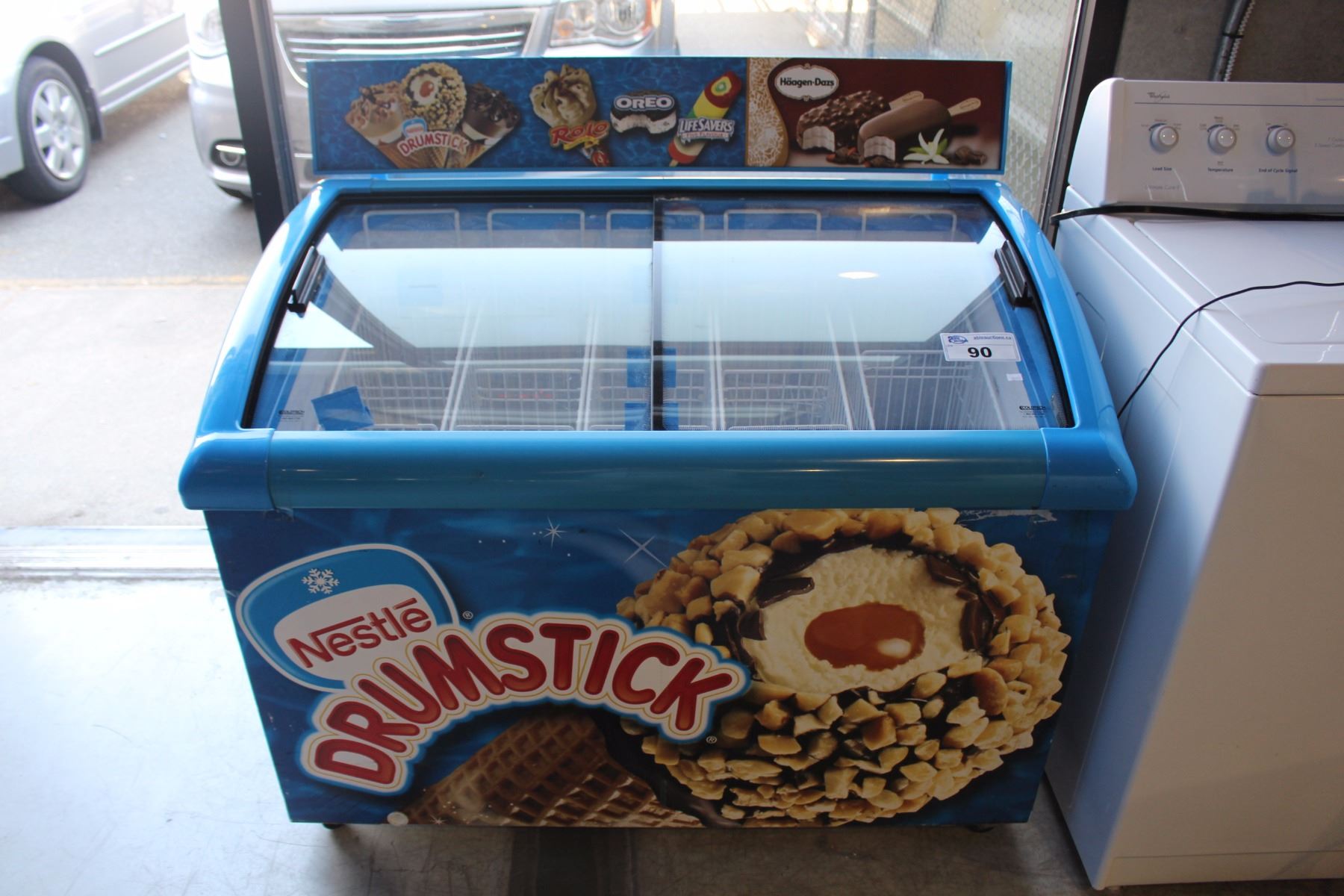
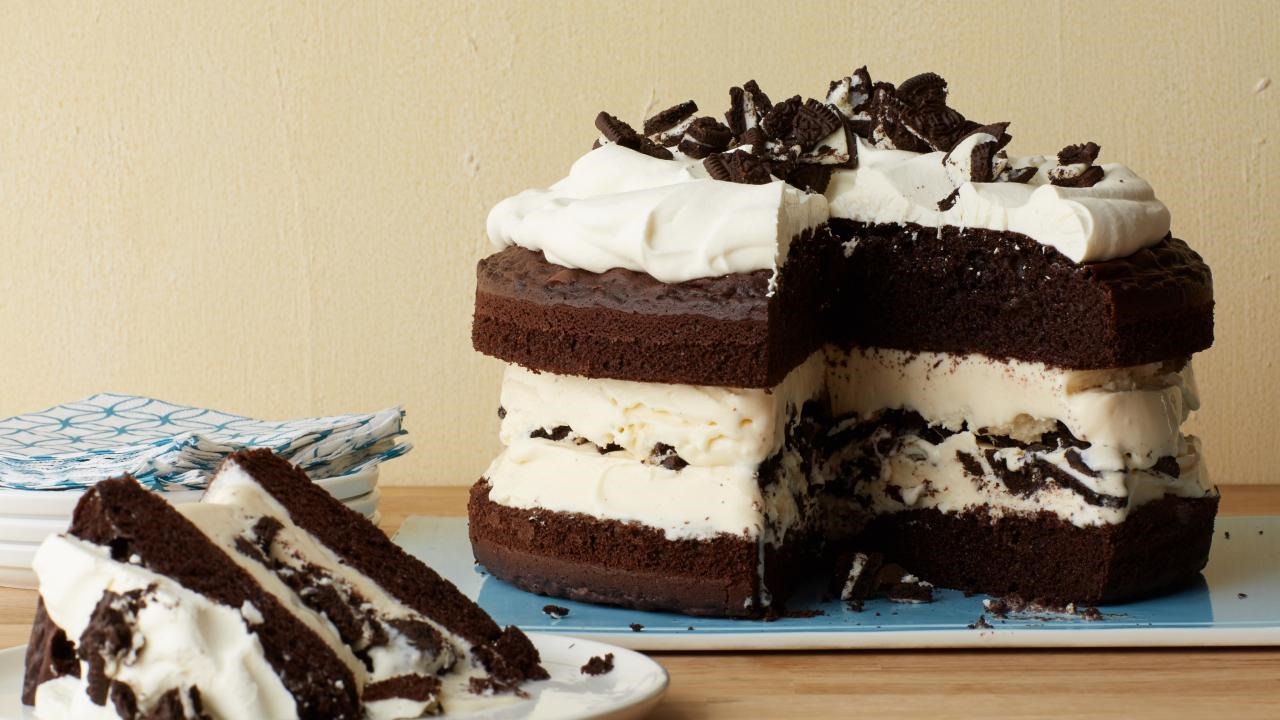
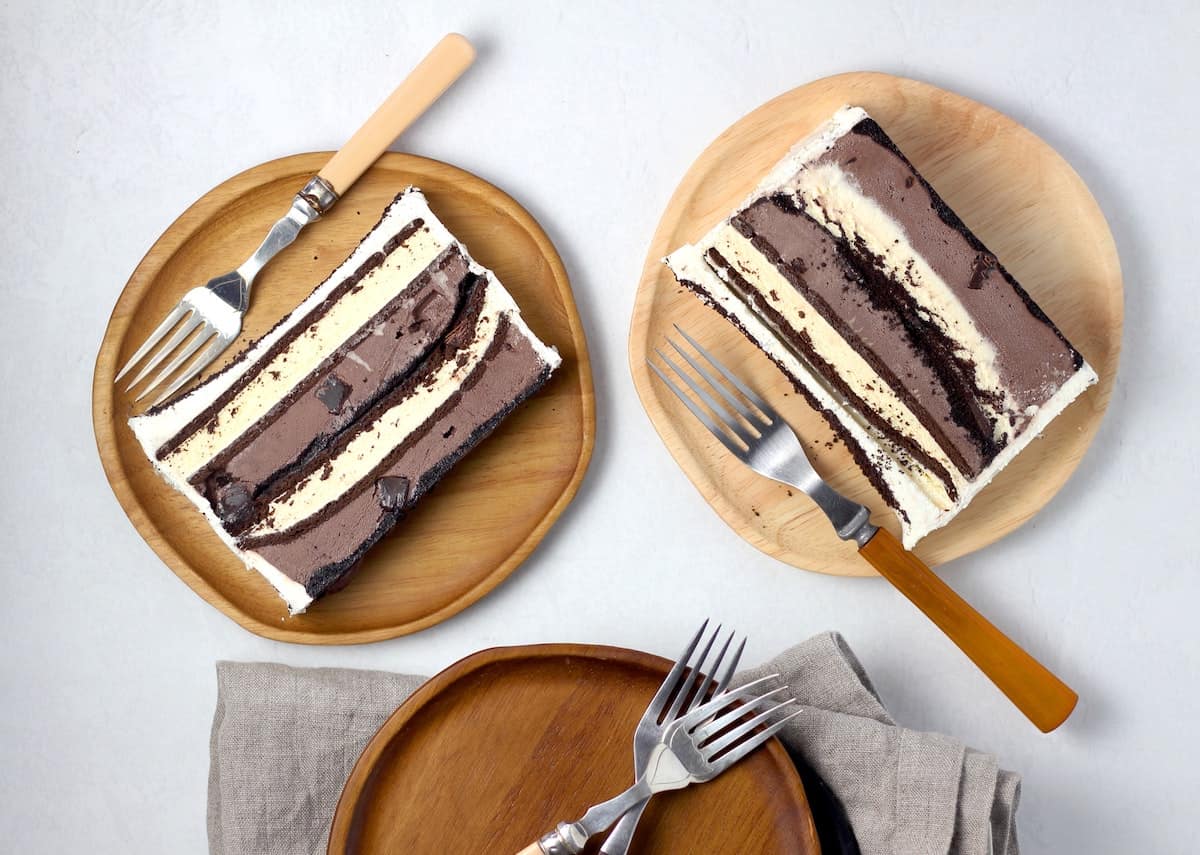
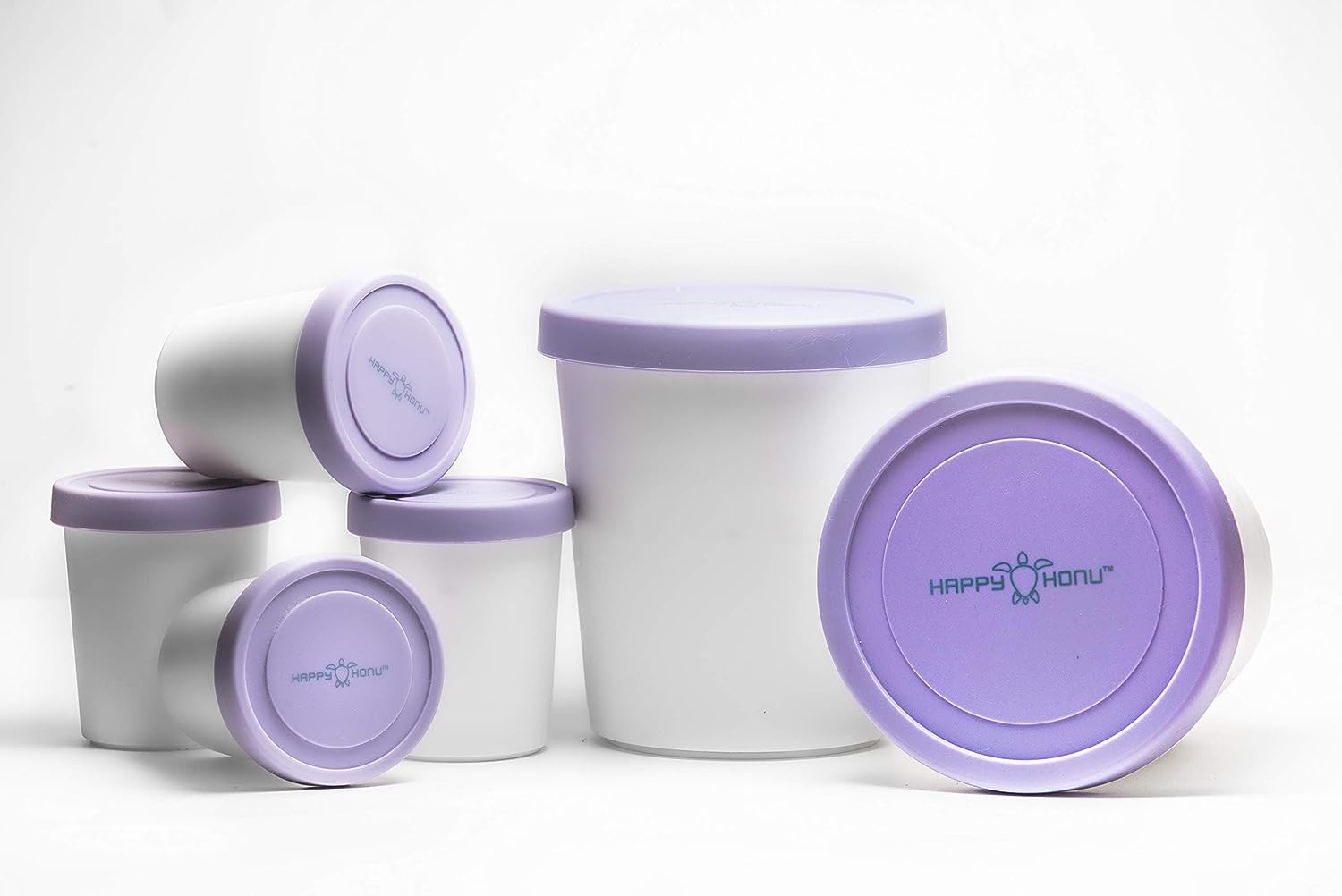
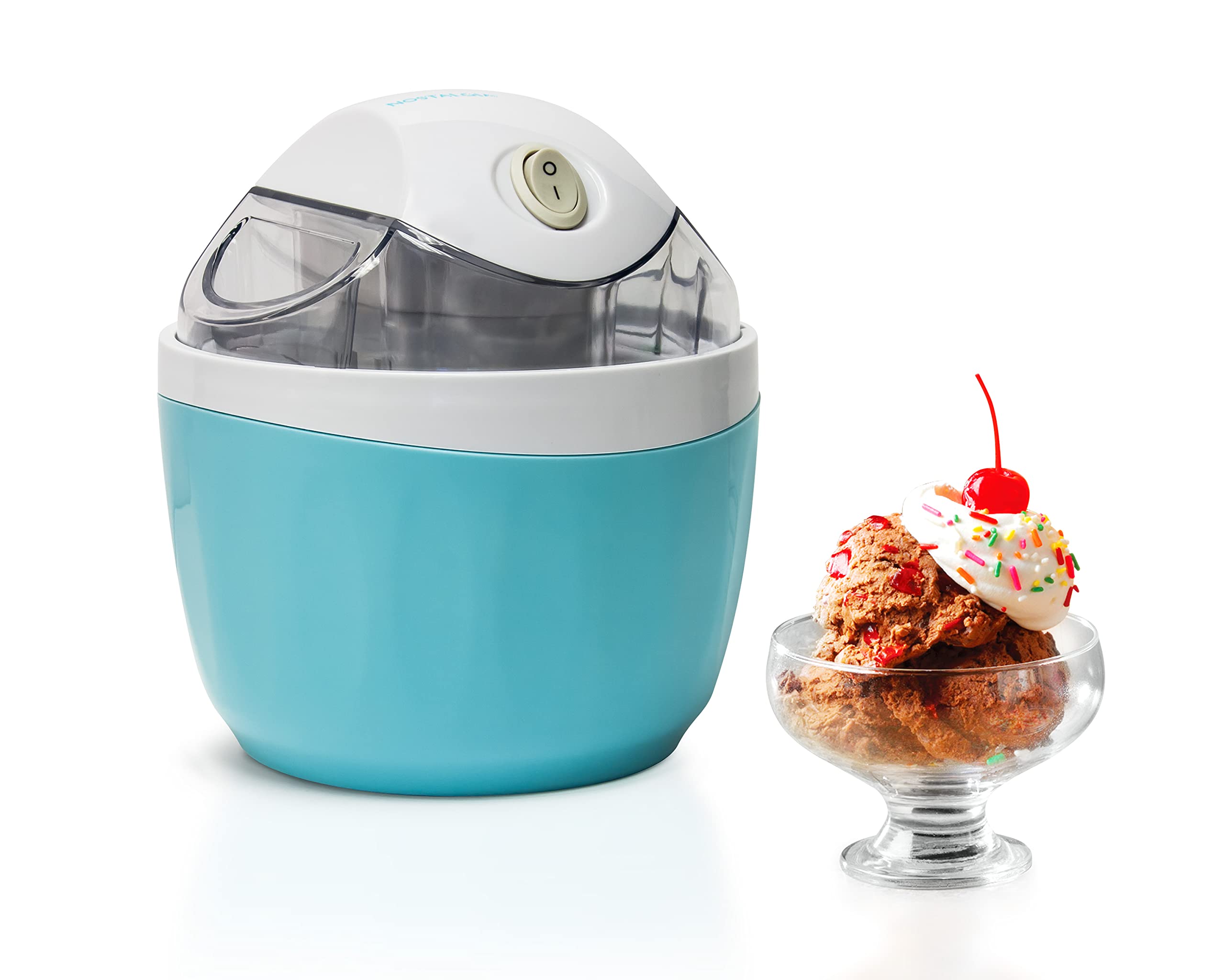
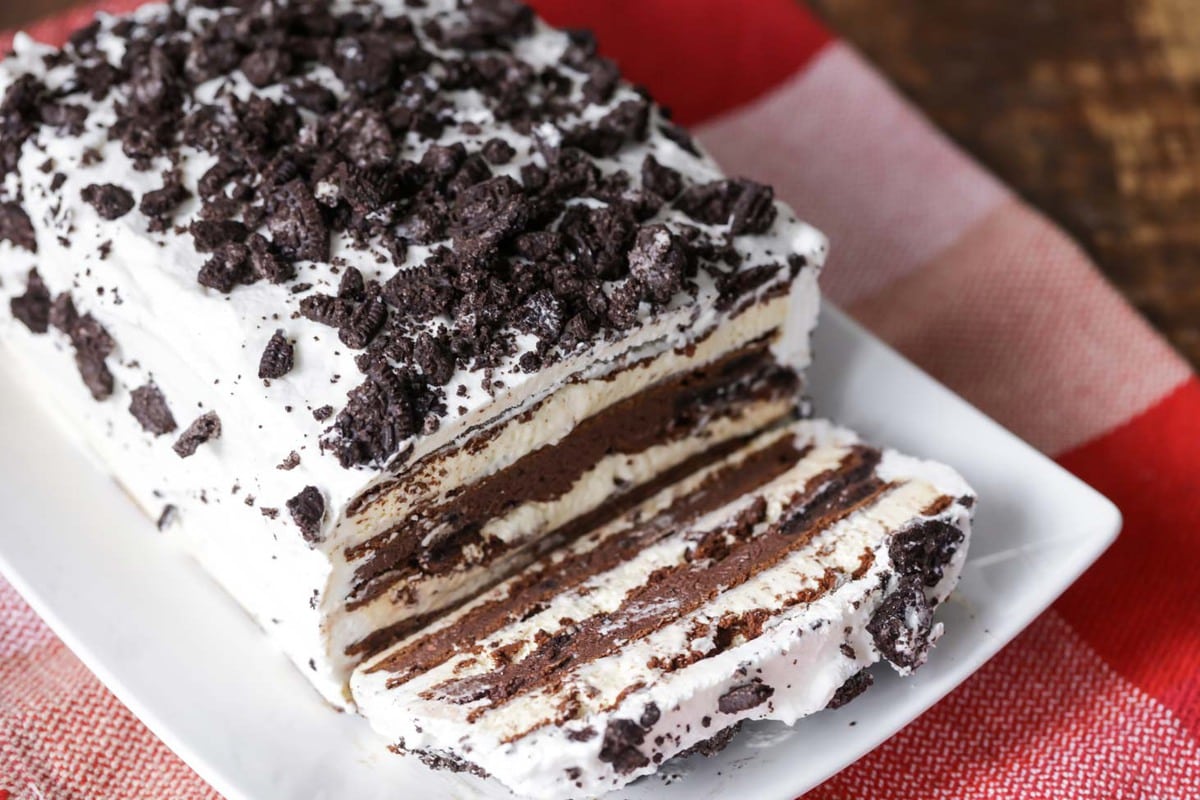
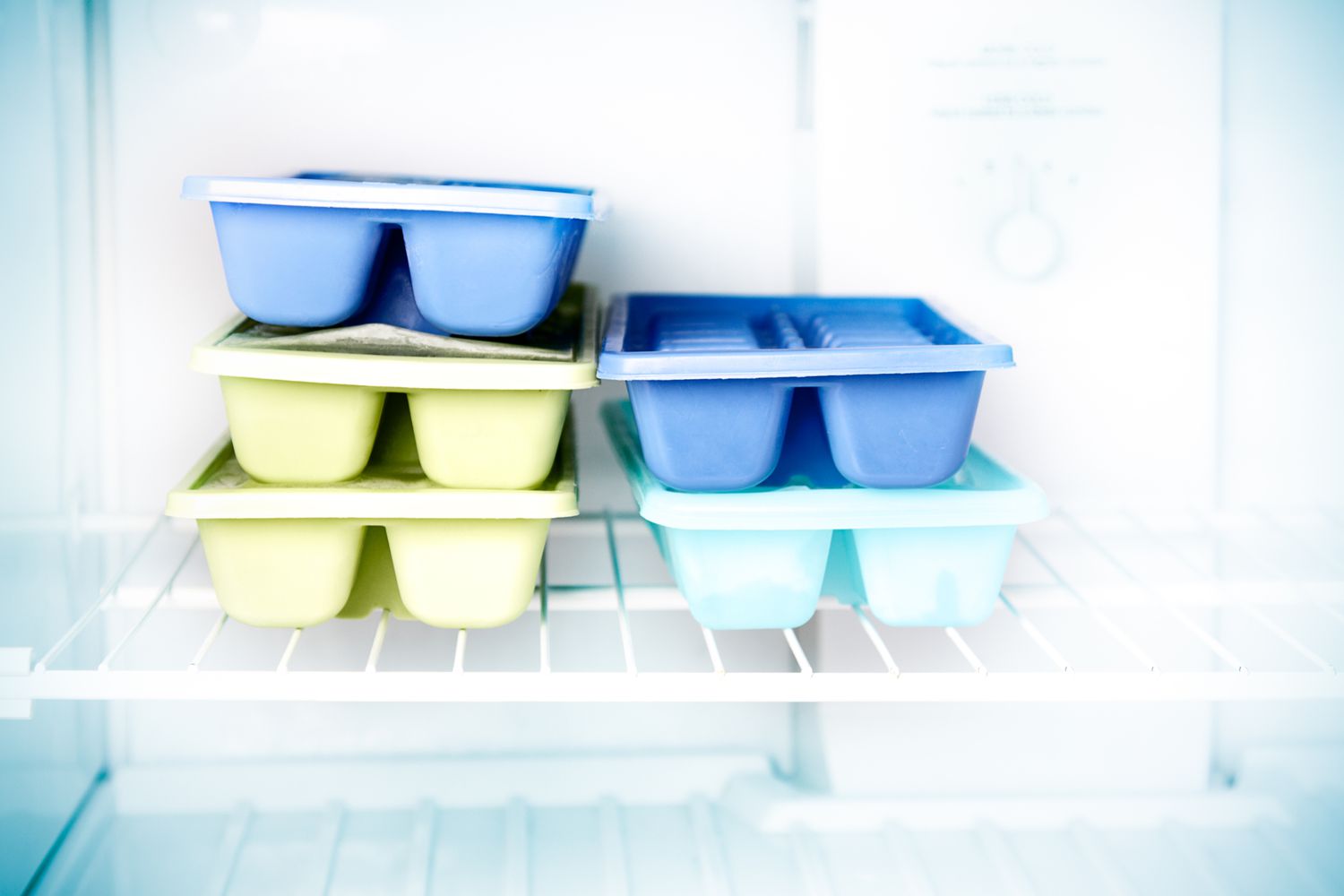
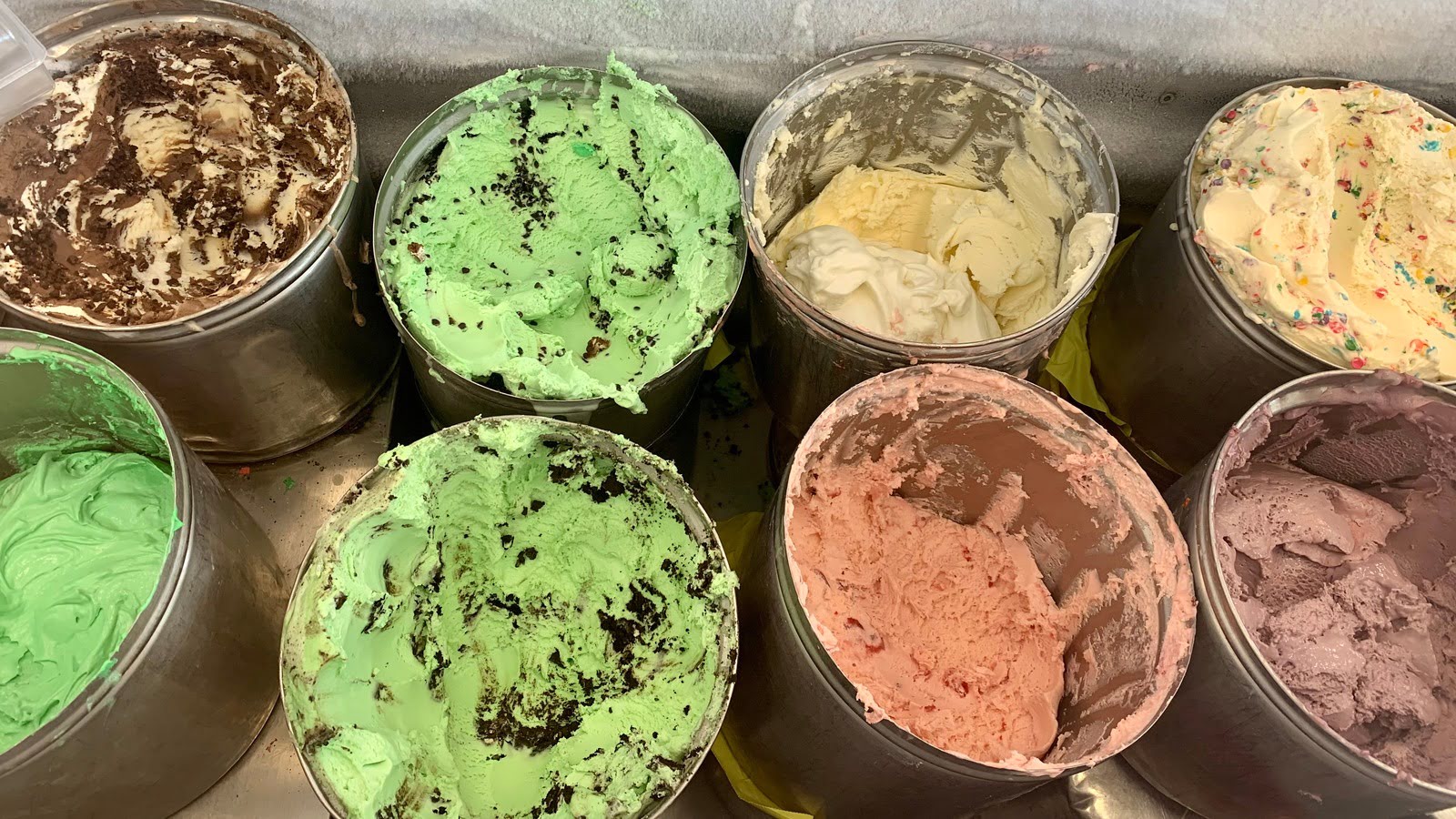
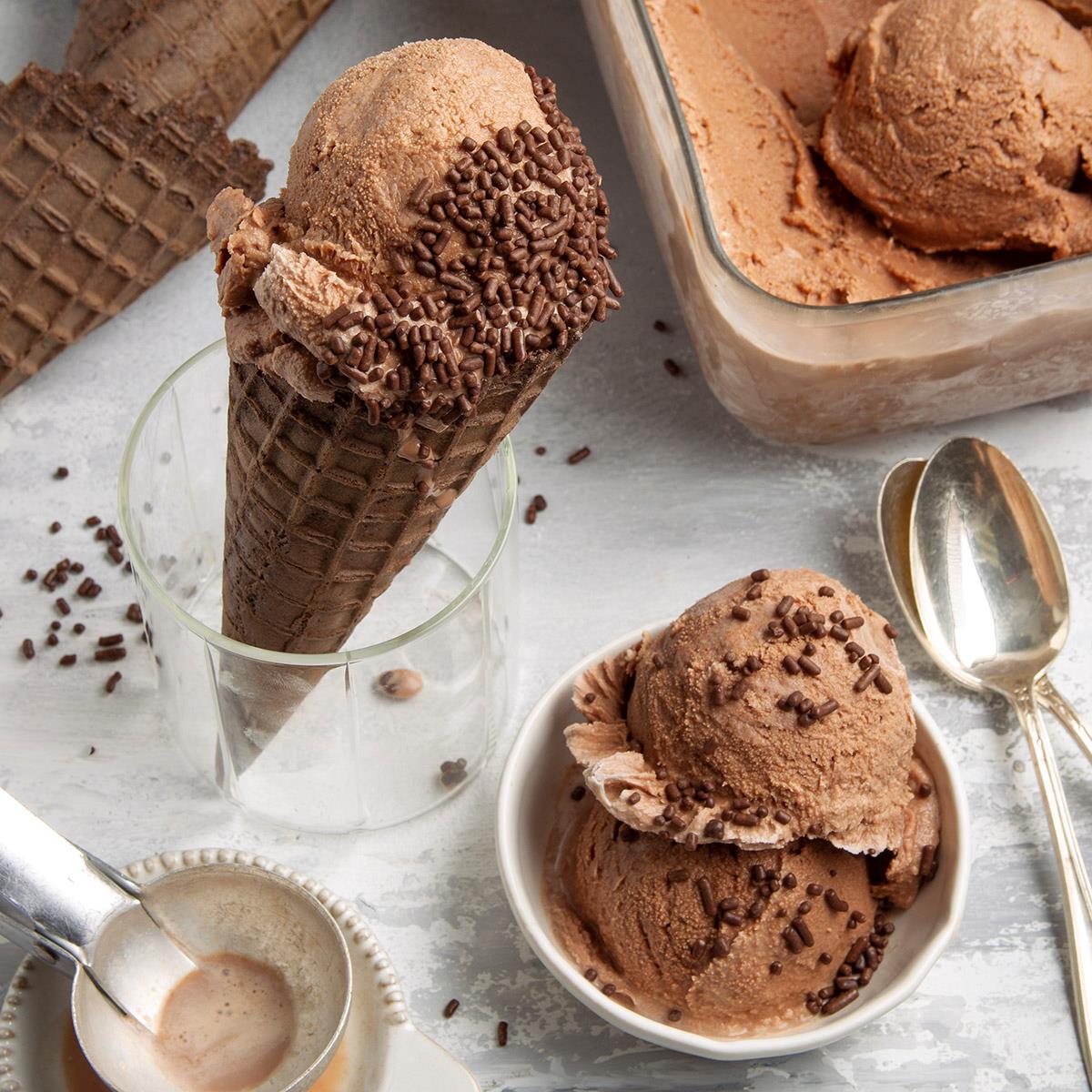

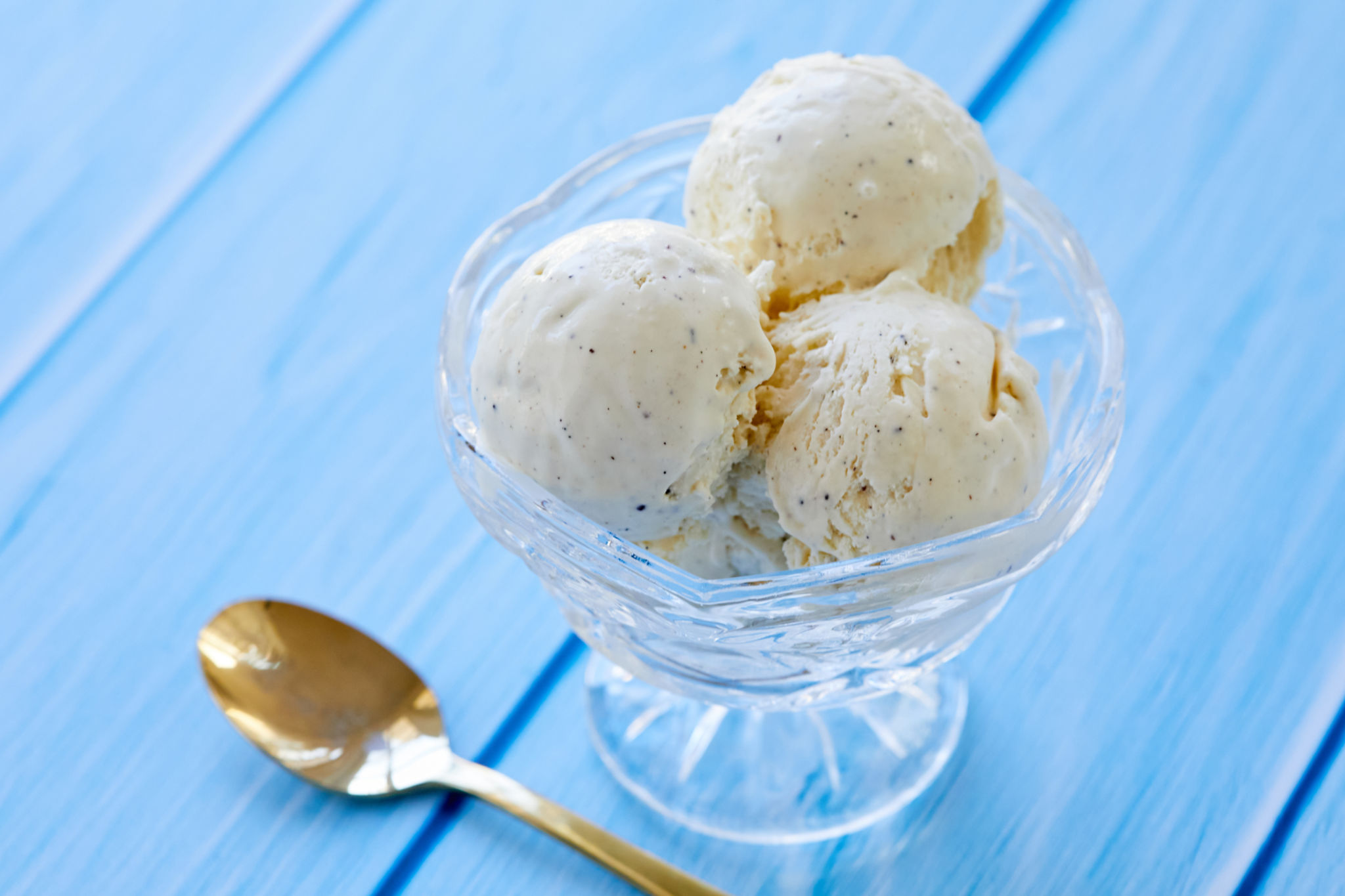
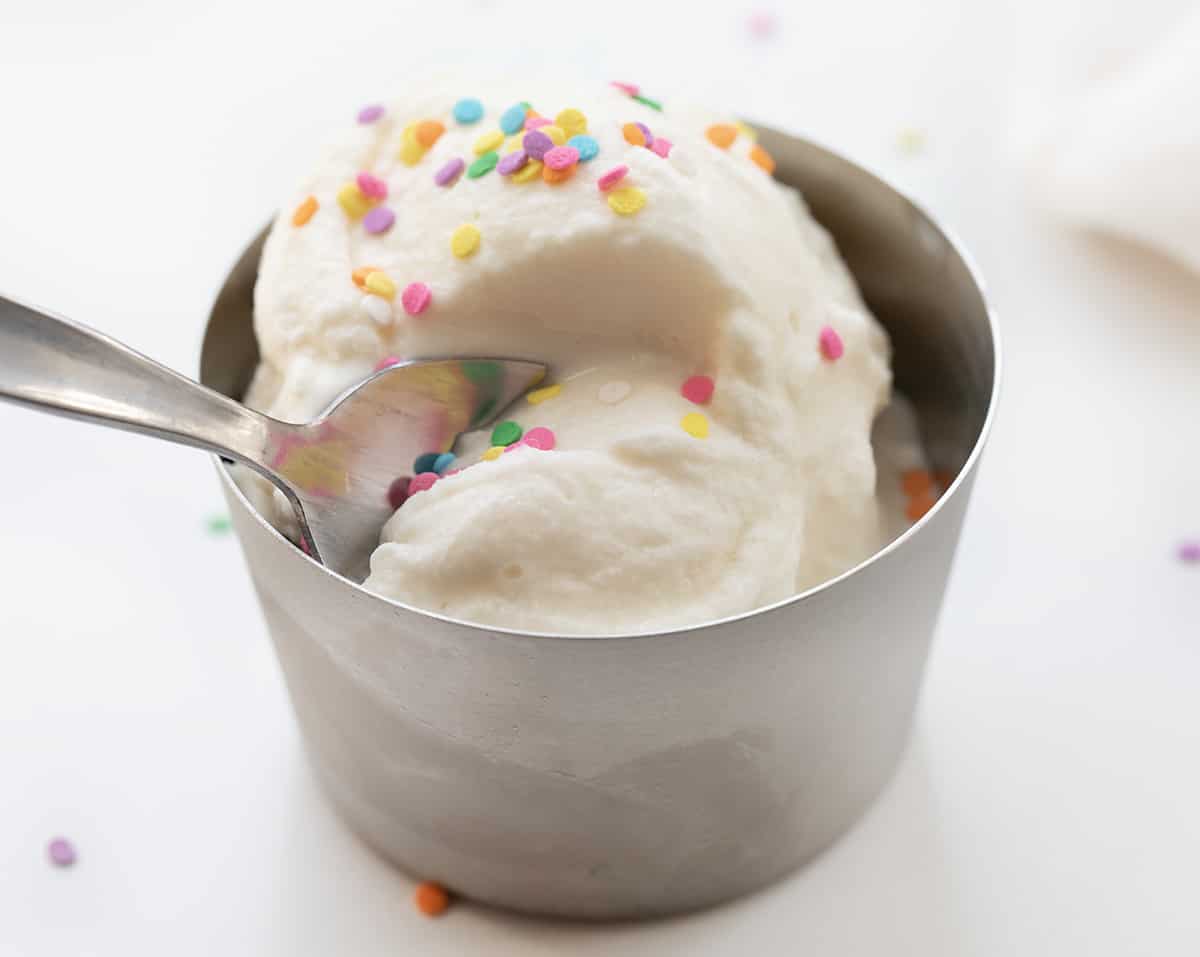

0 thoughts on “How To Store Ice Cream In Freezer”